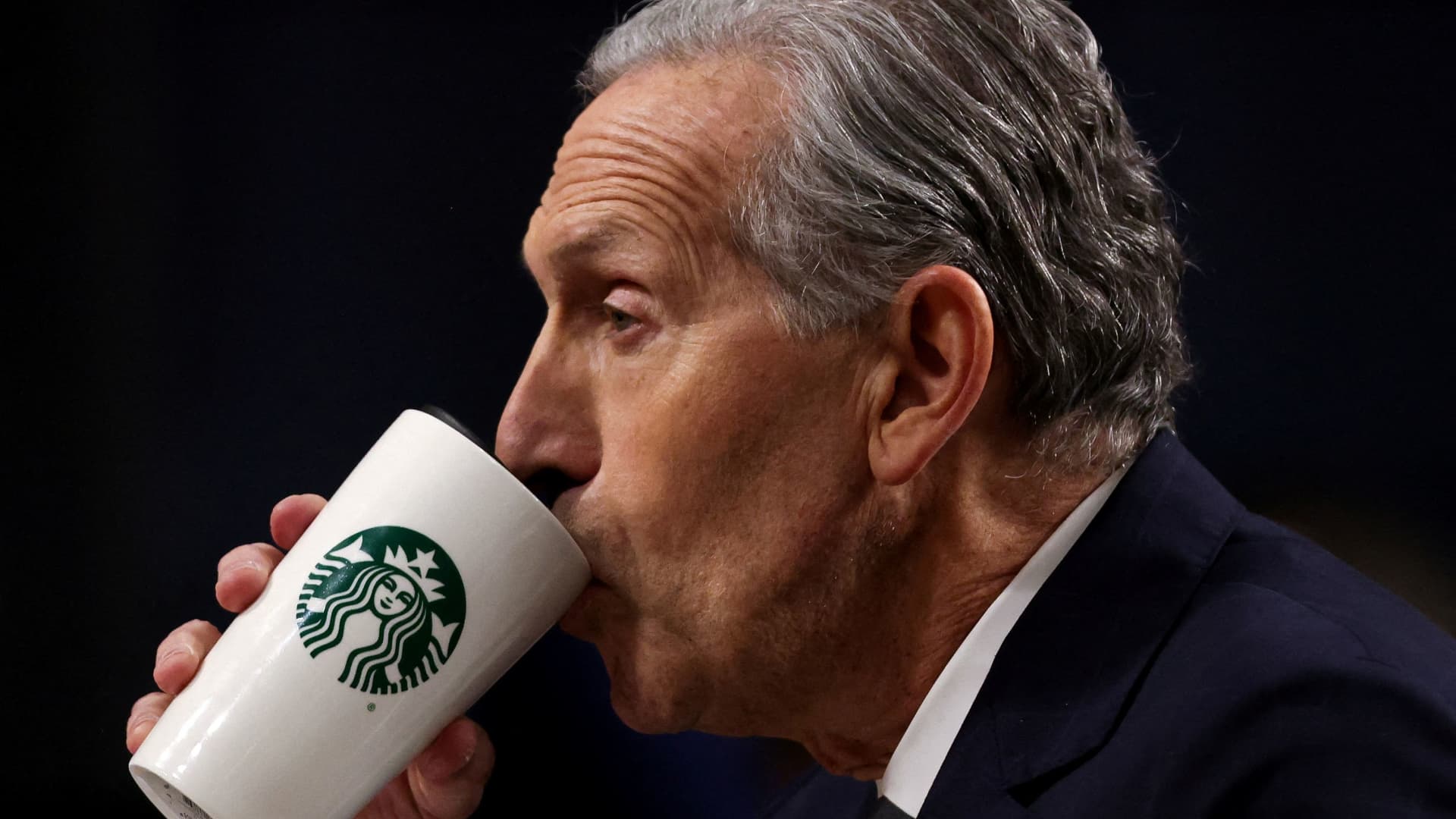Starbucks Implements Employee-Focused Turnaround Strategy

Starbucks is actively pursuing a comprehensive turnaround strategy, spearheaded by CEO Brian Niccol, aimed at revitalizing sluggish sales and strengthening its connection with customers and employees. This ambitious goal, encapsulated by the phrase "back to Starbucks," was prominently featured at the company's recent Leadership Experience, a three-day event in Las Vegas attended by over 14,000 store leaders.
During the event, Starbucks unveiled new initiatives, including the 1971 Roast, a nod to its inaugural Seattle location, and celebrated its first-ever Global Barista Championships, where finalists echoed the "back to Starbucks" mantra. Niccol's multi-faceted strategy, already presented to investors, encompasses retooling marketing, enhancing staffing levels in cafes, resolving mobile app issues, and making locations more inviting and "cozy." This strategic pivot follows earlier corporate layoffs, which impacted approximately 1,100 workers, undertaken to improve operational efficiency.
Despite challenges, Starbucks shares have seen a nearly 20% increase since April. Beyond financial metrics, the company is rigorously working to restore faith among its employees, who have long expressed concerns regarding hours and workloads, fueling a significant unionization movement across the U.S. To address these issues and empower its store managers, Starbucks executives committed to granting them greater control. New product launches, such as protein-packed cold foam, are now first tested in five stores to gather barista feedback. Furthermore, managers will have increased input on staffing needs as the chain boosts its workforce this summer, and most North American stores are set to receive a full-time assistant manager next year.
Central to Niccol's "back to Starbucks" vision is a profound cultural shift, recognizing that the company's identity as a "third place" – a community hub beyond home and work – has diminished. This cultural re-emphasis involves reversing previous decisions, most notably the removal of 30,000 seats from cafes in recent years. Niccol affirmed that these seats would be reinstated, a commitment met with significant applause from the assembled managers. The company also aims to elevate its internal promotion rate for retail leadership roles to 90%, from the historical 60%, with plans to add 10,000 new U.S. locations, creating thousands of new upward mobility opportunities within the company.
Addressing persistent staffing concerns, Starbucks is accelerating the rollout of its new Green Apron labor model by the end of the summer, a model proven to enhance service times and drive traffic. Chief Partner Officer Sara Kelly received a standing ovation for her announcement regarding the addition of dedicated assistant store managers, acknowledging the immense pressure on current store managers. Niccol's efforts have also received crucial endorsements from influential figures in Starbucks' history. Former chairwoman Mellody Hobson, who recruited Niccol to the company, received a tearful standing ovation. Additionally, three-time CEO Howard Schultz made a surprise appearance, publicly co-signing Niccol's strategy and urging managers to reignite the company's core spirit: "Be true to the coffee, be true to your partners." This public endorsement from Schultz, often seen as having a lingering influence, signals a unified leadership direction for Starbucks' path forward.










